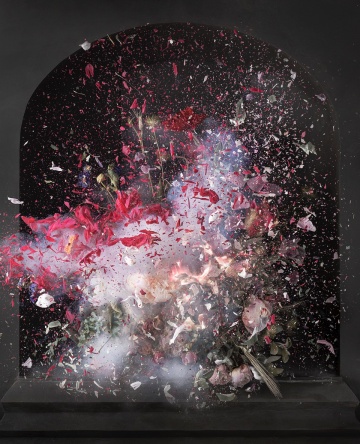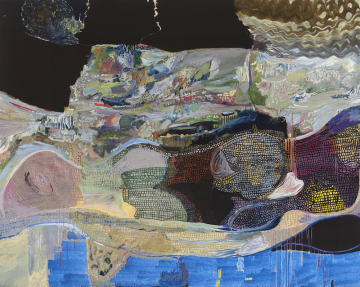Talley Dunn Gallery
5020 Tracy Street
Dallas, TX 75205
Appointment Recommended
214 521 9898
Dallas, TX 75205
Appointment Recommended
214 521 9898
Talley Dunn Gallery is committed to exhibiting outstanding and groundbreaking contemporary art in a variety of media by established and emerging artists. With over twenty years of experience in the art world, Talley Dunn focuses on building lasting relationships with artists, collectors, curators, and critics from around the country and abroad.
Talley Dunn is firmly dedicated to building the careers of the artists that the gallery represents through exhibitions, acquisitions, publications, and projects. The gallery encourages the growth and development of its artists with an ambitious exhibition program and an ongoing dialogue with museum curators and art critics nationally and internationally.
In addition to organizing year-round exhibitions and programs at the gallery, Talley Dunn works continuously on off-site exhibitions and projects with museums, institutions, galleries and private collectors from coast to coast. This involvement broadens the audience for the artists that the gallery represents while providing opportunities for the artists to experiment with new ideas in varying environments.
Talley Dunn Gallery strongly believes in creating opportunities for racial equity in the Texas arts community. The Talley Dunn Gallery Equity in the Arts Fellowship strives to foster the development of emerging Black and Indigenous artists and other artists of color in North Texas, whose artmaking forms the backbone of our cultural landscape. In line with Talley Dunn Gallery’s ongoing commitment to anti-racism in our community, the gallery pledges to provide the fellowship with funding over the next five years with the hope that it continues indefinitely. This fellowship will be just one component of a larger vision for programming and resources the gallery will invest in supporting Black and Indigenous artists and other artists of color.
Artists Represented:
Helen Altman
Nida Bangash
David Bates
Natasha Bowdoin
Julie Bozzi
Natasha Bowdoin
Julie Bozzi
Gabriel Dawe
Leonardo Drew
Vernon Fisher
Leonardo Drew
Vernon Fisher
Pia Fries
Francesca Fuchs
Francesca Fuchs
Ori Gersht
Kana Harada
Kana Harada
Jacob Hashimoto
Joseph Havel
Joseph Havel
Letitia Huckaby
Sedrick Huckaby
Butt Johnson
Eva Lundsager
Tina Medina
Vicki Meek
Melissa Miler
Melissa Miler
Arely Morales
Cynthia Mulcahy
Sam Reveles
Linda Ridgway
Matthew Sontheimer
Erick Swenson
Ursula von Rydingsvard
Sam Reveles
Linda Ridgway
Matthew Sontheimer
Erick Swenson
Ursula von Rydingsvard
Sarah Williams
Xiaoze Xie
Xiaoze Xie
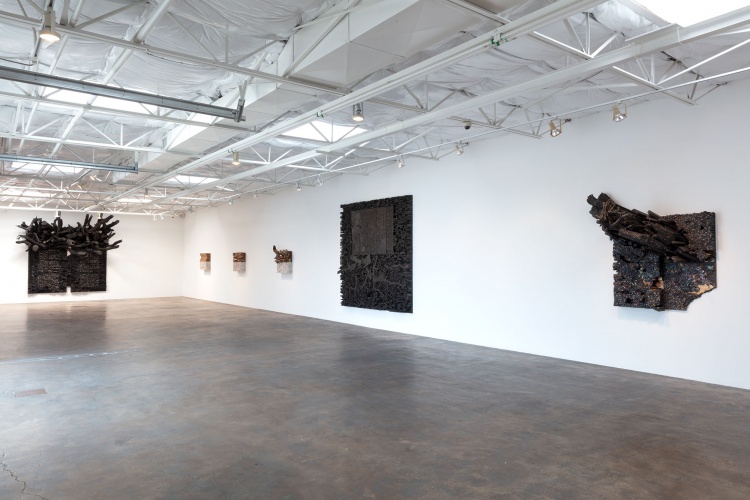
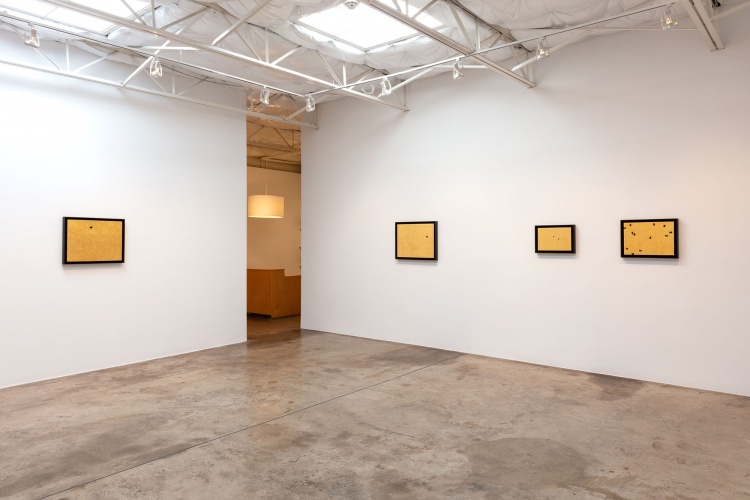
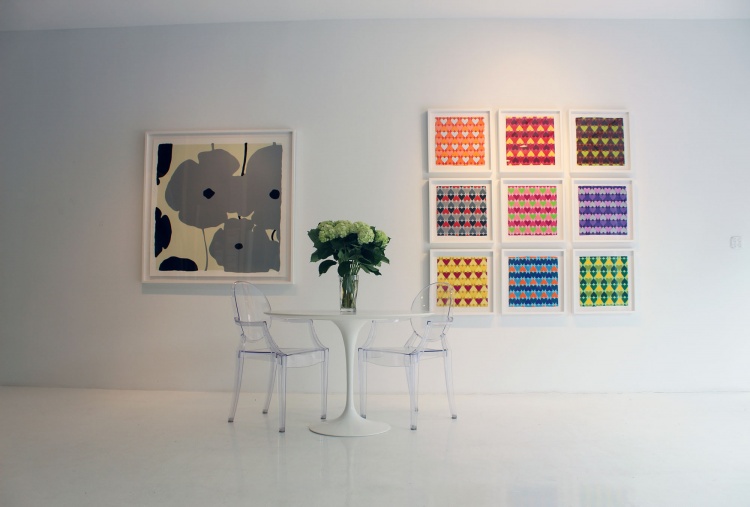
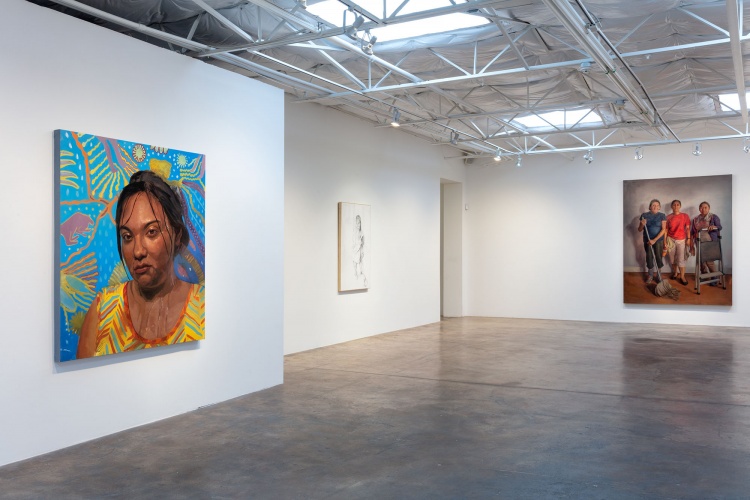
Leonardo Drew, Installation view, 2020, Talley Dunn Gallery
Gabriel Dawe, Found, Installation view, 2020, Talley Dunn Gallery
The viewing room
Arely Morales, Installation view, 2021, Talley Dunn Gallery
Ori Gersht
Amalgamation
September 27, 2025 - December 13, 2025
Ori Gersht’s Amalgamation series draws inspiration from a 17th-century still-life painting by Dutch artist Hendrik Schoock. Invited to create a contemporary response, Gersht recreated the alcove from Schoock’s composition, using it as a stage for his own floral arrangements.
These works explore the tension between tradition and technology. Gersht photographs his bouquets at the precise moment of explosion—each image captured at 1/60,000th of a second using high-speed photography. This split-second event, invisible to the naked eye, echoes Walter Benjamin’s concept of the “optical unconscious,” revealing what lies beyond ordinary perception.
Eva Lundsager
Time is Very Quick
September 27, 2025 - December 13, 2025
Talley Dunn Gallery is honored to present the opening of Time is Very Quick, a solo exhibition of lush paintings by esteemed artist Eva Lundsager. Time is Very Quick marks Lundsager’s first presentation of large-scale paintings on canvas at the gallery. Grounded in sensation rather than representation, Time is Very Quick makes space for viewers to connect with their own inner worlds by delving into the infinite cosmoses of Lundsager’s paintings.
Often beginning with a single horizontal line, Lundsager’s paintings are developed intuitively, though it’s an intuition built on decades of looking, living, and painting. The artist’s first mark determines the next. Accumulations occur, get erased, then reformed as her compositions bloom through her acute attention to and relationship with the material. Large swaths of color buttress against areas of delicate line work, melting into organic forms, evoking rolling hills, still waters and atmosphere, or even plant life. The combination of transcendental images with Lundsager’s expressive mark-making speaks to the complexity of the human experience. In the painting If it (2024), broad and bright brush strokes sweep across the top of the canvas, revealing slivers of another world just beyond the drips. Below the heat of the orange and yellow sweeps of color are two speckled masses that seem to have split apart, one floating in the atmosphere above its counterpart, reminiscent of a parent and child, evolving organisms, or even body and spirit. Eva Lundsager’s paintings are full of possibilities. The artist’s use of movement, form and rhythm in If it (2024) creates space on the painted surface and within the viewer to reflect, contemplate and dream.
While Lundsager’s layered compositions often feel otherworldly, the presence of the artist’s hand in the work, developed through thirty-five years of painting, is unmistakable and deeply personal. Through rich color, energetic line, and impassioned form, the artist honors the complexity of life in all its forms. In the series Here we witness (2024), a single blue line is stretched across four canvases. Evolving between each image and leaving traces of itself behind along the way, the blue line becomes more complicated as it makes its journey. Spans of red and orange hover above the blue line throughout the series, until finally the two become one in the final canvas. The mesmerizing blue line, much like a horizon line, denotes the distinction between two beings or worlds, and its surrender to the red expanse above relates to the transformations and changes that we might experience in our own lives. The continuous line in Here we witness gently carries the viewer through time and space, speaking to the exhibition’s title Time is Very Quick, which is an adage Lundsager’s mother-in-law would often say.

 Back to all Member Galleries
Back to all Member Galleries

